CARRARA
|
CARRARA |
|
| |
| NAME: Carrara COUNTY: Nye ROADS: 2WD GRID: 7 CLIMATE: Hot Summer, Pleasant to cold in winter BEST TIME TO VISIT: All Year. |
COMMENTS: 9 miles south of Beatty along
US95. Concrete structures a mile and a half north are of a 1930's
failed cement plant. REMAINS: Foundations, slab foundations, cellars, town fountain, railroad grades of the Tonopah & Tidewater spur and Carrara catilevered railroads |
| The economy of Carrara was based upon a large marble quarry, in the hills east of the townsite. Marble deposits were first located in 1904. The townsite was laid out during 1911-1913 by the American Carrara Mable Company. The townsite was located on the valley floor below the marble quarry, along the tracks of the Las Vegas & Tonopah Railroad. May 8, 1913 brought about a grand dedication of the townsite, complete with a ball, music by a band brought down from Goldfield, baseball game, swimming in the town pool. A newspaper, the Carrara Obelisk, was published (published May 8, 1913 - September 1916), and the post office opened shortly after (May 24, 1913 - September 15, 1924). A hotel, store and restaurant also served the town, which eventually inflated to about 100 residents. Unusual in the desert, Carrara could even boast its own town fountain. Water came from near the site of Gold Center, a few miles across the valley. Carrara had a railroad that serviced the quarry above the townsite. It was standard cable railway. It basically involved standard tracks that ran straight up into the hills. At the midway point, a turnout track allowed the cars to pass each other. Motive power was a full car that pulled the empty one up the hill. Basically the same set up as the pendulums on a cukoo clock. After the marble slabs were processed, they were shipped out over the Las Vegas & Tonopah until that company failed. Later, the nearby Tonopah & Tidewater Railroad built a spur to the marble mill at Carrara and thereafter shipped out tonnage. The quarry contained high quality marble, but it proved too fractured to provide profitable amounts to the company, and it eventually closed. Most of the population was gone by 1924. After Carrara passed on, a small mining excitement began nearby. In 1929, another newspaper, the Carrara Miner, began publication. It was published by Bernard M. Stone to promote his Gold Ace Mining Company. It lasted only a couple of issues. Today, Carrara is quiet, except for the traffic that passes by on US95. Mill foundations are found near the highway, while the Carrara townsite is located about a quarter mile east of the highway. Remains include the hotel foundation, complete with broken bits of marble tile, the town fountain, and rubbish. Submitted by David A. Wright Carrara, Nevada and Carrara, Italy have something in common. They are producers of marble. In 1911 prospectors found deposits and the American Carrara Marble Company was formed. The quarry was located in the mountains and the townsite about three miles away on the flat valley next to the Las Vegas and Tonopah Railroad. Because of the distance from the quarry to the railroad, work on a three-mile spur line began in 1913 to handle marble blocks weighing up to fifteen tons. A nine-mile water pipeline from Carrara to Gold Center was built. Some buildings were moved to Carrara from Beatty and Rhyolite to make the town look more finished than it really was. The hotel opened in June and featured electric lights, running water, and telephones. The railroad to the quarries was completed in 1914. Carrara’s peak years were 1915 and 1916. At that time there were more than forty buildings at the townsite and a population of close to 150. The Carrara school district was established in 1915. But the town was successful as a marble producer only for a short time. The marble tended to be fractured and not pure and Vermont began producing large amounts of higher quality marble. All activities at the quarry halted in 1917. Nothing substantial remains at Carrara today. Submitted by: Shawn Hall from his book Preserving The Glory Days: Ghost Towns And Mining Camps Of Nye County, Nevada Click here to purchase his book! 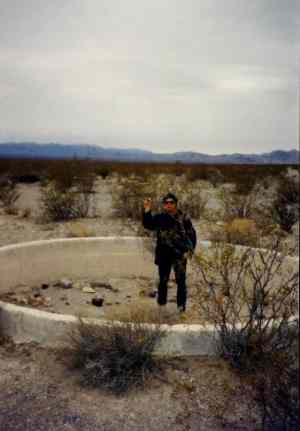 "Three coins in the fountain ..." January 1991. Courtesy David A. Wright 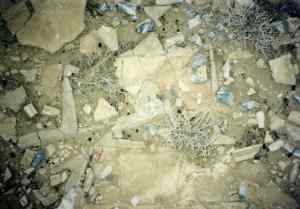 Bits of Carrara marble on the slab of the hotel. January 1991. Courtesy David A. Wright 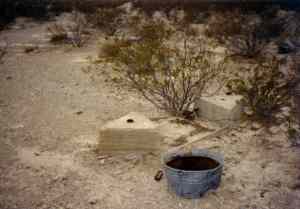 Carrara. January 1991. Courtesy David A. Wright 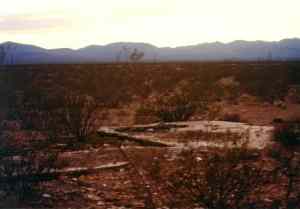 Hotel slab. October 1990. Courtesy David A. Wright 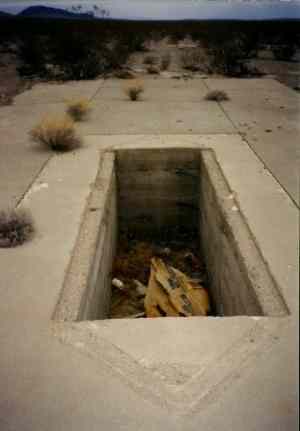 Carrara. January 1991. Courtesy David A. Wright 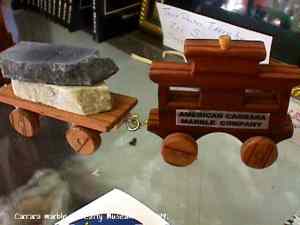 Display of Carrara marble located at the museum in nearby Beatty. January 1, 1999. Courtesy David A. Wright |
|
|---|---|
|
|
| |